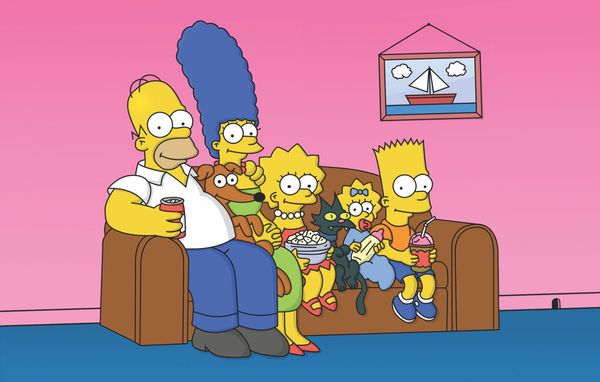We arrive at the MÁK bistro before the evening service, where we are immediately approached by the “chamber shelf” dressed in a modern guise—we speculate for minutes which jars can hide what. Later, the chef, János Mizsei, also comes in and offers us one of the jars: it contains a deliciously cold, sour flavored kombucha. The guest space is quiet for now, but the team is getting ready to start in the kitchen—the evening “rush” is coming soon. János fondly remembers his grandmother’s lángos from the good old days, and smiles cheerfully when we ask him about the “wishful thinking” on his bucket list almost ten years ago. What was that cafeteria dish he didn’t like to eat, and what does he think of the kitchen teamwork? Among other things, we will talk about that.
Last year, during the pandemic, you launched the Unicone brand, and with this, you actually reconsidered the retro delicacy, the winter ice cream, which is of highly questionable quality, but still quite embedded in the Hungarian gastronomy culture. What are the similar Hungarian products that you would like to reinterpret (whether in MÁK or elsewhere)? The lángos, for example, is already on the table, if I’m not mistaken…
Yes, the lángos in our new guise had at least the same success. I turned my grandmother’s recipe of lángos into a poppy seed version. In the same way as in the case of winter ice cream, we did not leave the basics (we should not anyway), as this would give us another product. It was a criterion to put cheese, sour cream and garlic on the lángos itself, but at the same time to include a kind of twist in the texture and flavor effect, which clearly indicates what we represent here in MÁK.
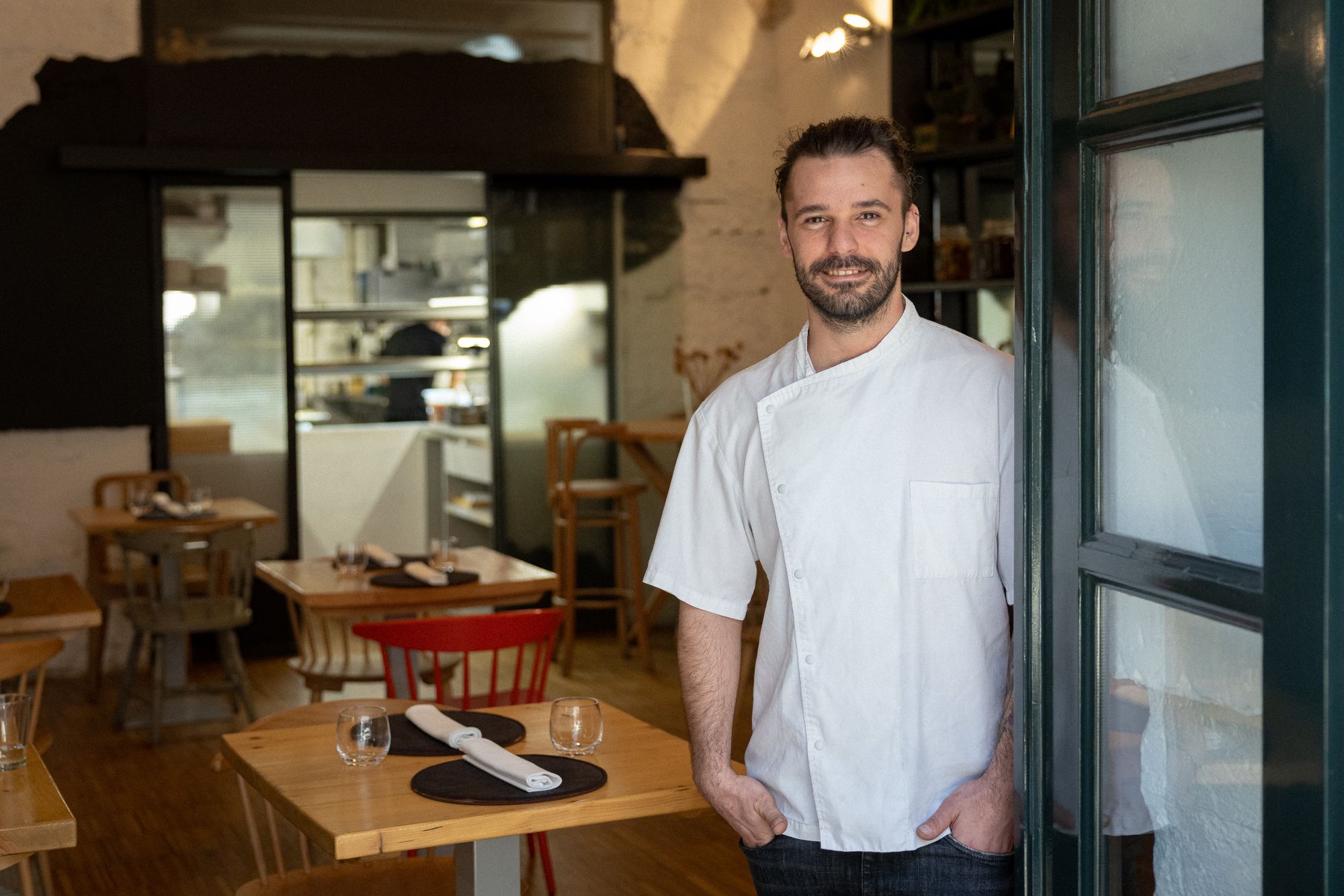
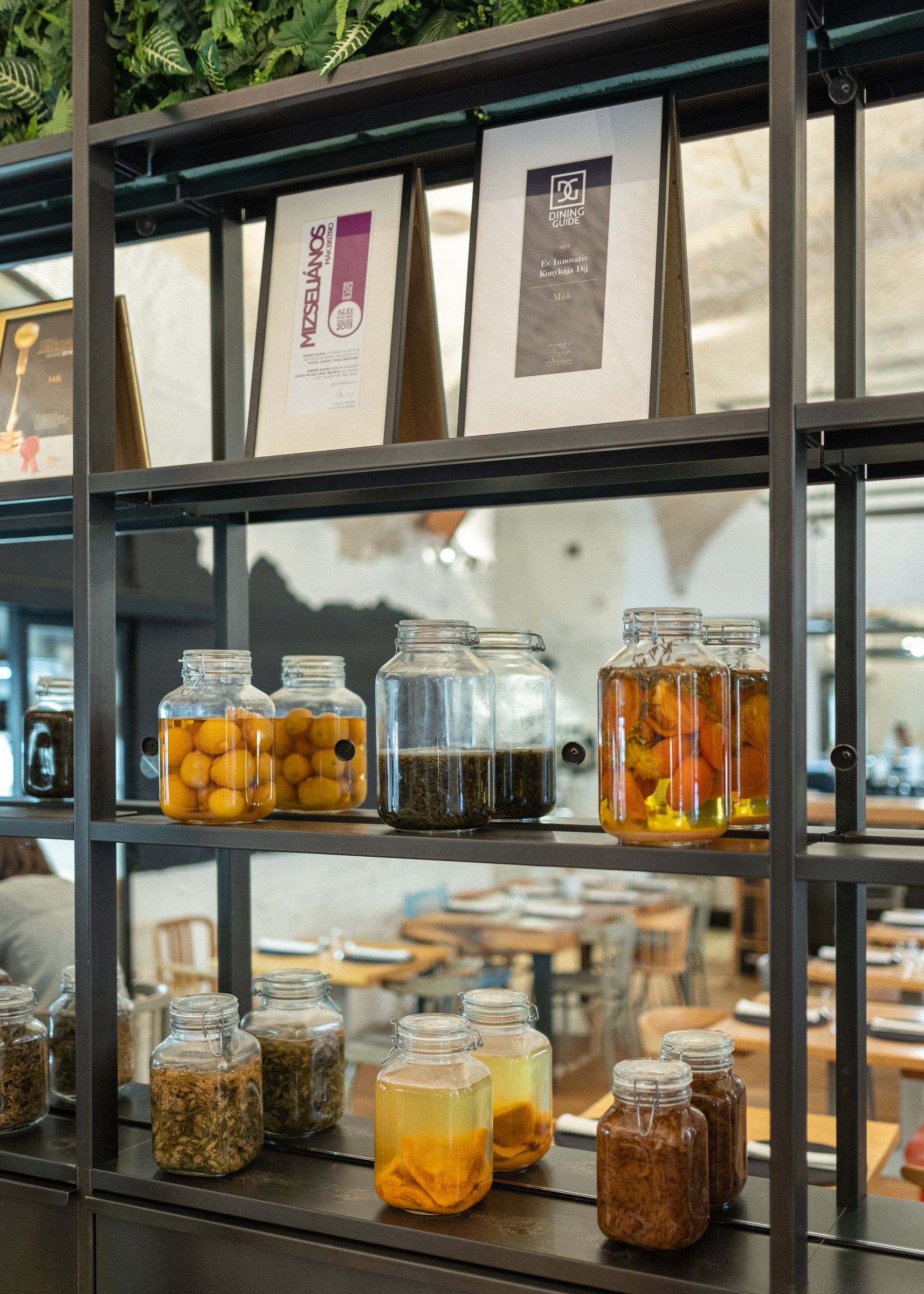
And maybe a similar childhood story too, and I experimented a little bit with it: the chocolate-coated marshmallow treats. The challenge here was to reinterpret the nauseatingly sweet “story” with egg whites and chocolate in a context and with raw materials that can make this dessert easier. I put in beeswax-confit golden beets first, then pickled green walnuts. Vegetable dishes are already close to my heart: for example, in the case of winter ice cream, it was a challenge to put together a vegan or vegetarian product, which is even gluten-free.
“A man becomes a good chef when they look at their plate, and can say, ‘Yes, they made this.’” What do you think others would say about Chef János Mizsei’s plate?
My friend Ricsi Farkas said just recently that he would recognize my plate with his eyes closed, it has such distinctive flavors, acids and momentum.
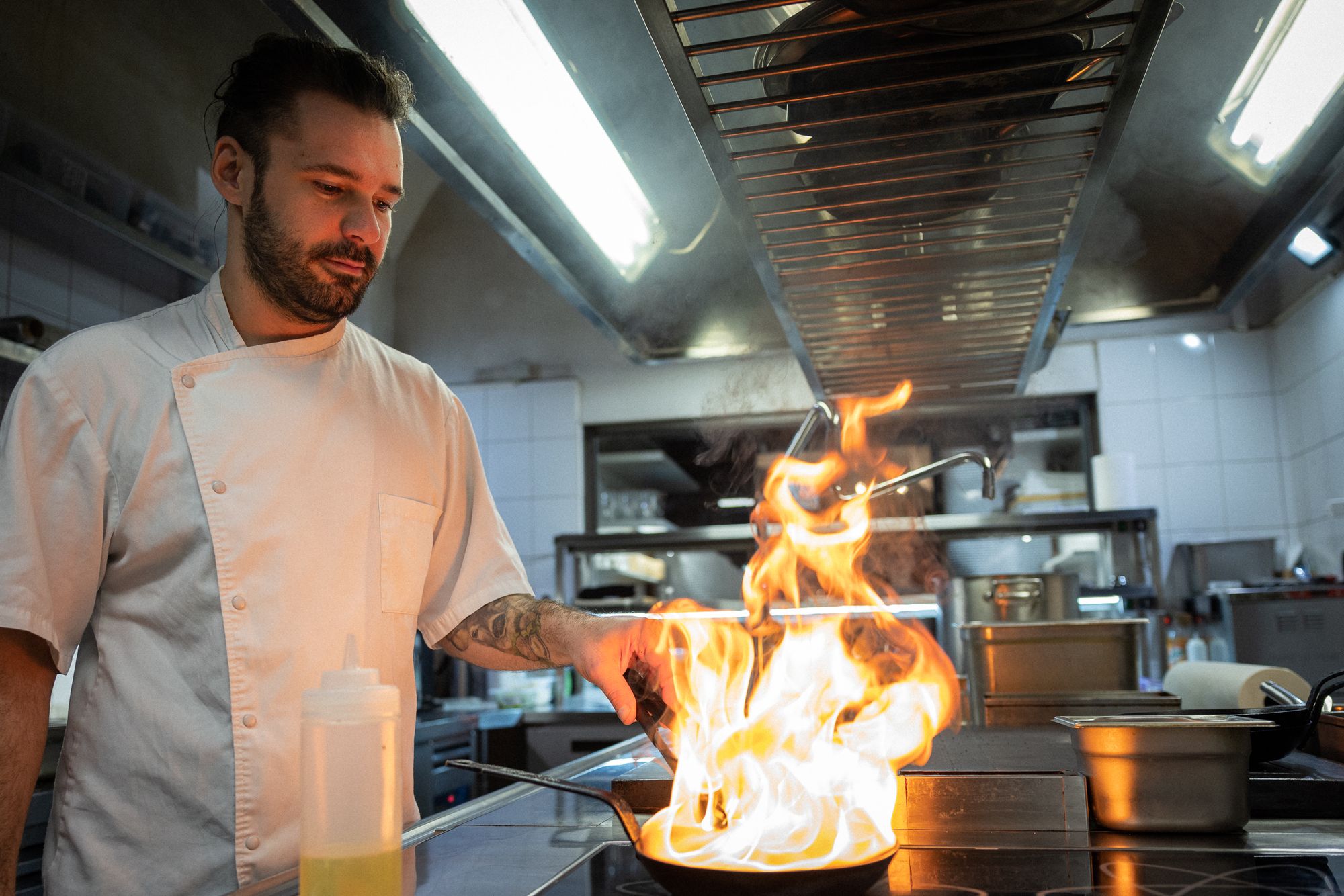
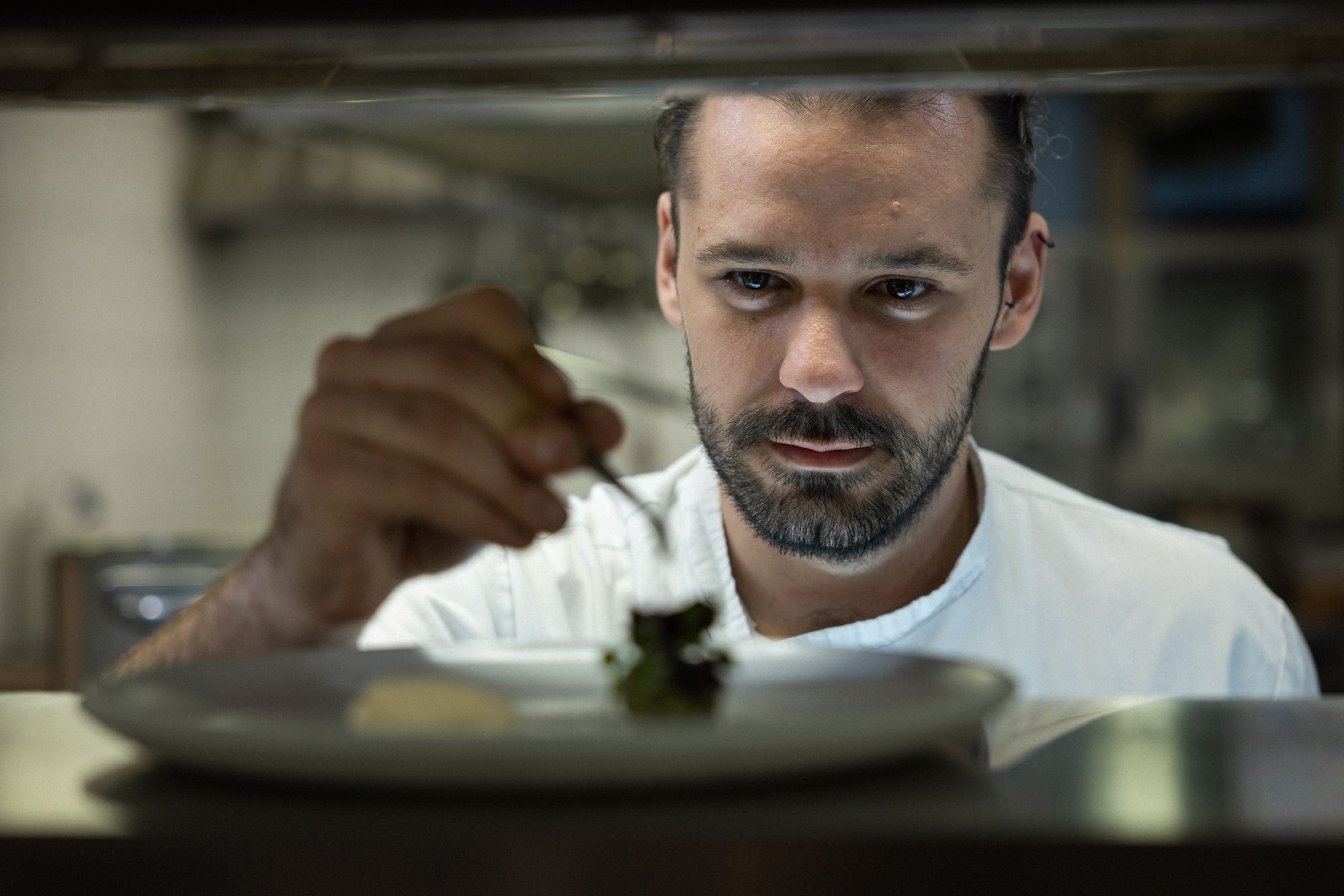
In a 2014 interview, you were asked about your bucket list, which included chefs and places such as Costes, where Kata Tálas (with whom you worked at Lacikonyha) took you, for example, but you mentioned that you would like to work with Tamás Széll, Zsolt Litauszki, you would get to know the gastronomy of the Basque Country and San Sebastian, but Denmark and Finland were also on this list. What has been accomplished and what has been added to your list since then?
(Laughs) It’s funny to hear about these things after a short ten years, like what the bucket list things were like for me then. Yes, fortunately I succeeded: I cooked with Tamás Széll, I also got into such a professional relationship with Zsolt Litauszki that even though we did not cook together, a kind of professional-spiritual “alliance” was formed. I was in Copenhagen, Denmark several times, and I even worked there for a month at a two Michelin-starred restaurant. I have not made it to Finland yet. The truth is that it is also interesting how these lists change: I think now that I cannot call myself a chef until I have worked in France—now this is in the first place. The Scandinavian style itself was so fascinating back then that, in fact, I may have subconsciously ruled out any other style of gastronomy. The Basque Country is the same: at that moment, I was very inspired by the type of cuisine represented by the Spaniards and the Basques.
My new bucket list? Well… My long-term plan is clearly to run a very nature-friendly restaurant with its own farm. I’m escaping the hustle and bustle of downtown more and more. This is quite complex: my own livestock, my own gardening. I really hope this works out in ten years!
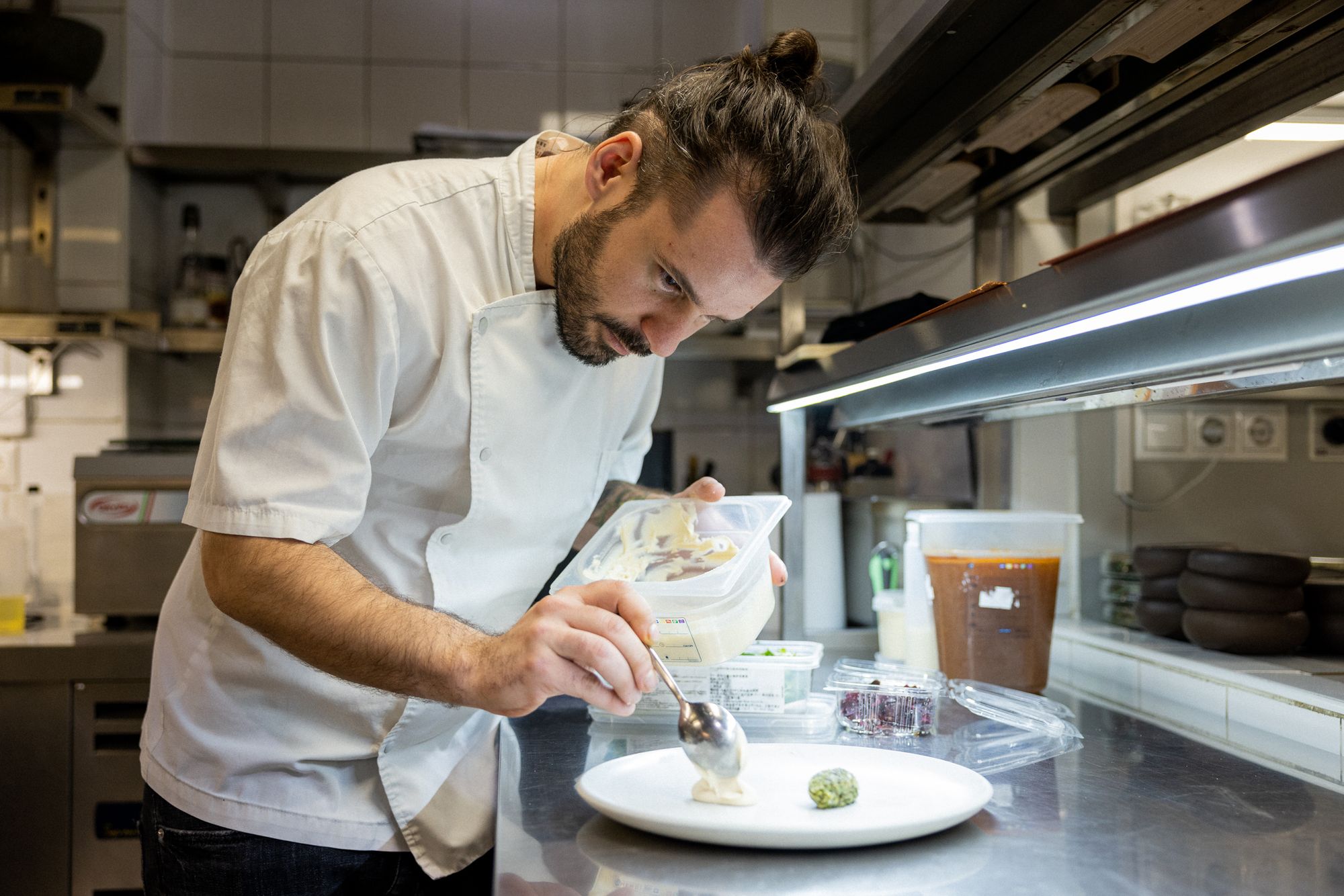
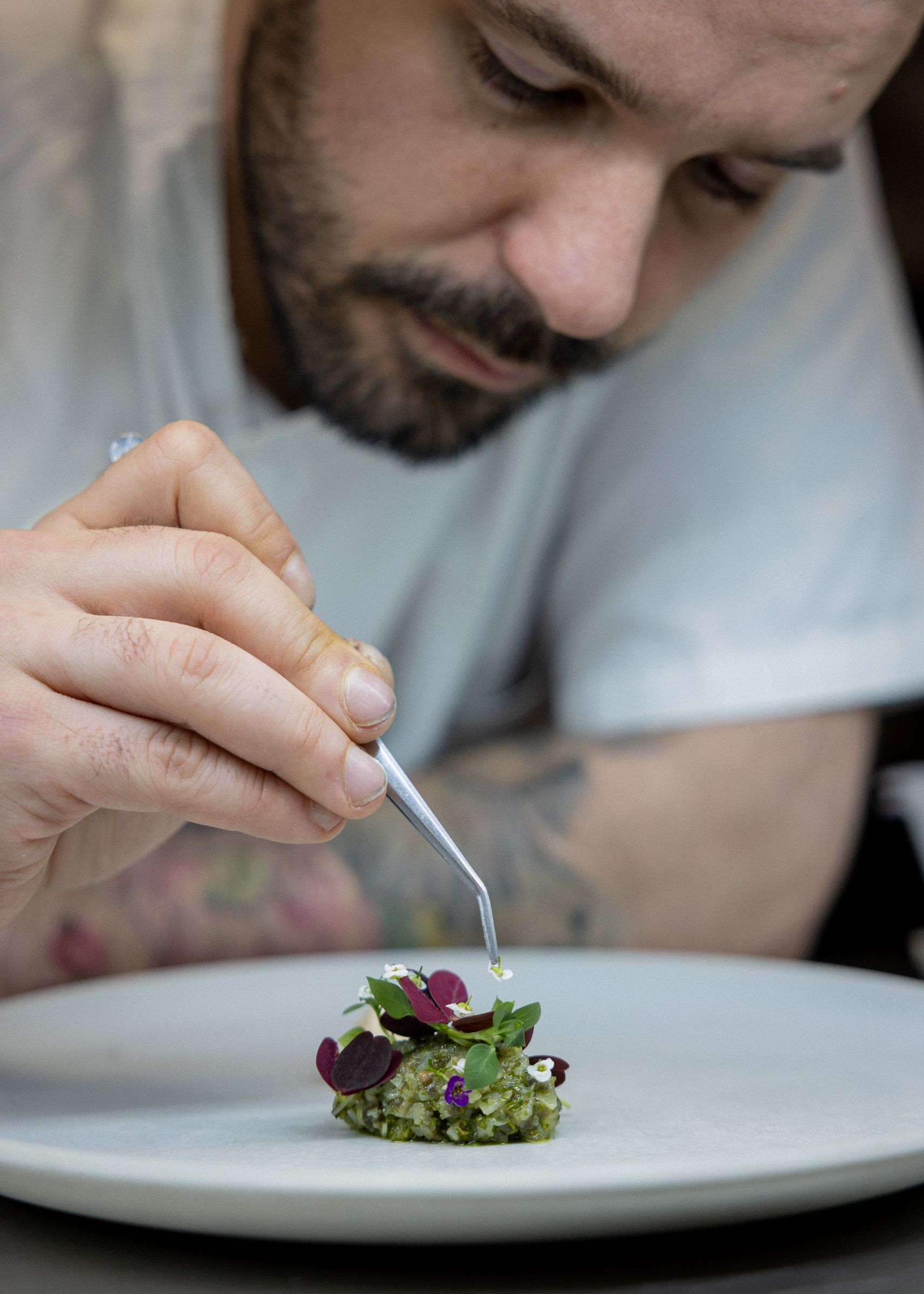
The main character in the film “Chef” (director: Jon Favreau) is an experimental chef who wants to innovate, but the restaurant owner would stay with the usual flavors—and we got the conflict. The restaurant critic freaks out when receiving the old menu, an argument starts on Twitter, and our protagonist sees no other solution than to realize his old dream in the form of a street food truck. I’m only bringing this up here because I’m curious: what would have happened if the management of MÁK had not voted for you after Kata Tálas left? What would you have done?
If that were the case, I think it is likely that I would not work for MÁK. I probably would have gone to a Hungarian Michelin-starred restaurant, and I would have considered going abroad. I really miss the kind of identity, culture and humility you get abroad: they work in the kitchen as a genuine, well-functioning team, there are no extremes, everyone is happy with what they do. They put their heart to their work, which has always attracted me, not to mention the raw materials and technology. Even after ten years, I don’t feel like stopping, that I’ve had enough, but I constantly want that impulse with which someone pulls me. Perhaps the hardest thing about a chef’s life is that you have to pull yourself, inspire yourself, because you motivate your team within your own workplace, your own kitchen. But who motivates the chef? It is often the case that one would like to go abroad and gain experience. But if it wasn’t for MÁK, I think I’d go abroad and stay there.
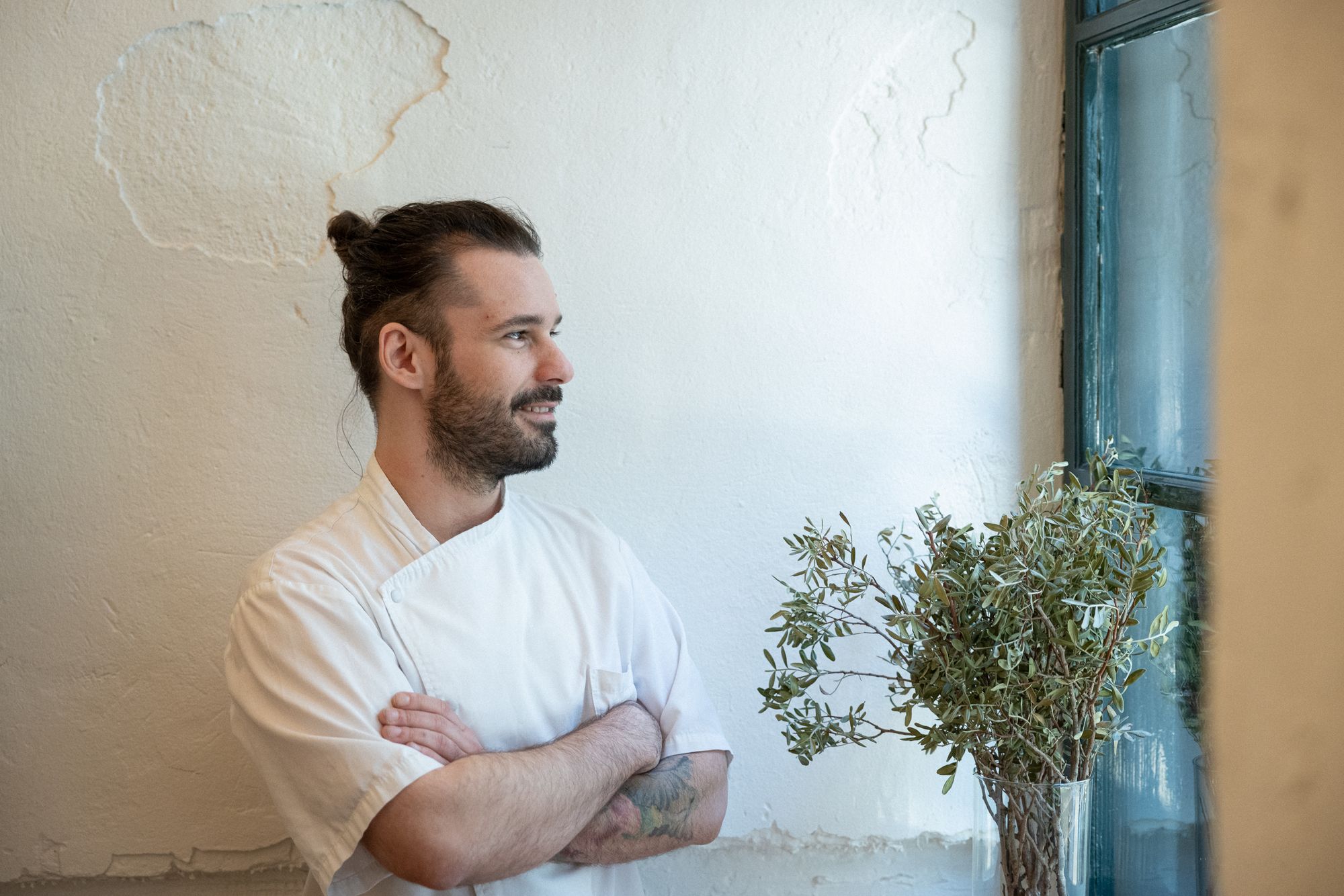
It’s a good thing this came up, because that’s exactly what I wanted to know. There is a shortage of specialists in catering, there are many people leaving the profession, and of course there is the risk of burnout. How would you encourage others in the industry, young people, who have ever considered choosing this profession?
I always start at the beginning: I also “brought up” my own sous chef. They came here from school, they started to learn the work processes, we started to build them from field to field. It’s a crucial point of our profession that it does matter how you treat, how you communicate with your colleagues. Not only does the chef need to have the right self-confidence and self-reflection, but also a cook: not to be trampled into the ground, to receive the kind of encouragement they need to develop. Ideally, the guest will tell the chef how fantastic the degustation menu was, and the chef will go into the kitchen and thank the kitchen staff for the work they’ve invested—this is very important. I was aware of this from the very beginning, because I saw a lot of counterexamples, so I swore that once I became a chef, what not to do. I think that what we represent is absolute teamwork: the dishwasher is as big a part of it as the chef, because if they do not do their job properly, then the food I invented is worthless.
And some more questions about food...
If you were a recipe, which would be your essential ingredients?
In terms of properties, it is clear that the first is humility, the second is actually attitude and precision. Obviously, we always touch a raw material in such a way, we treat it in such a way that we make the best of it.
Is there a food you’d prepare even at 2 am?
Yes, there is. Among other things, the roast a la Brasov is my favorite dish. But because of my professionalism, I’m willing to start anything at any time, especially when it comes to menu or food testing.
What is the one food you would pass on in a time capsule for future generations?
The truth is, I probably couldn’t even highlight one meal here, but I’d rather say I’d put tradition in it. I think it is very important that a generation, especially a gastronomic culture, should not be lost so easily.
Which food gives you the greatest comfort?
Probably grandma’s cooking. There is such a specific dish, and it is called the roast a la Brasov. My grandmother and mother make it the same way, traditionally. When I put this food on the table at home, I feel safe in the environment I grew up in.

Are there any ingredients that you have rediscovered in recent years?
Maybe cottage cheese. I haven’t really used cottage cheese very often in the kitchen in the last few years, and now it’s coming back again, and it’s probably the cottage cheese dumpling that I rediscovered, and I started working on it, putting it in a new context.
What do you think we will eat in a hundred years?
A few years ago, there was a similar interview, and I said that in ten years’ time, meat consumption will be largely eliminated (I think we are absolutely going in this direction). Here I would perhaps say that, in a hundred years’ time, we will be consuming those heritages and the vegetables given by nature, various herbs and spices—at least that would be the most ideal and obvious for humanity.
What’s your favorite texture?
If I had to look from the point of view of texture and restaurant, I’d say the crunchy elements. But if I have to look in a home environment, it’s definitely the stewed, juicy food I like.
Food phobia:
Maybe there are raw materials for me, and they’re more like materials that are within my comfort zone. I prefer the ingredients, the flavors that are outside the comfort zone and can give astonishment or wow effect to a food.
Which meal did you refuse to eat at the school cafeteria?
Maybe I’d say the green peas and diced carrot mix. It has always been a flavor factor that I could not accept: I am eating a salty food, but it tastes completely sweet.
What comes to your mind when you hear ‘kitchen disaster’?
If I’m picturing a kitchen disaster, I’m picturing flaming frying pans, a flaming mixer, spilled dishes—where there’s a complete chaos in the kitchen, and cooks don’t really understand the catastrophic conditions around them. But normally I have a fixation that if the cutting board is not placed the way I like it, it’s a disaster for me.
Food that makes the world a better place:
Here, I might choose a food or a product that brings people together, and I think that’s bread.
The most perfect thing I have ever eaten:
I would say jellyfish, because maybe it was a flavor and an experience factor for me that I never thought I could have an umami flavor that would define me in the perception of a particular restaurant. Plus, I didn’t know I was gonna be able to eat that stuff.
If you’d like to hear more questions we asked, check out the video.
Photos: Balázs Mohai
János Mizsei | Instagram
MÁK | Web | Facebook | Instagram
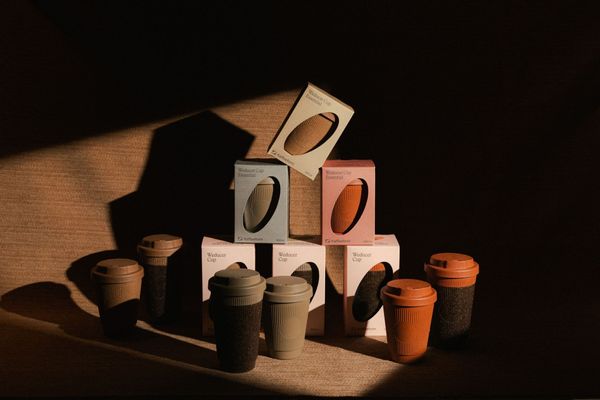
Kaffeeform launches mugs made from beechwood fibers and coffee grounds

Air France revamps with curved business seats and sliding doors
